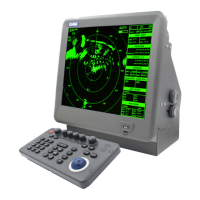What to do if the control panel of my Onwa KR-12X8 does not light?
- JJohn MorganJul 31, 2025
If the control panel does not light, the battery may have discharged. Try adjusting the control panel backlighting on the Function menu. Also, check the fuse.

